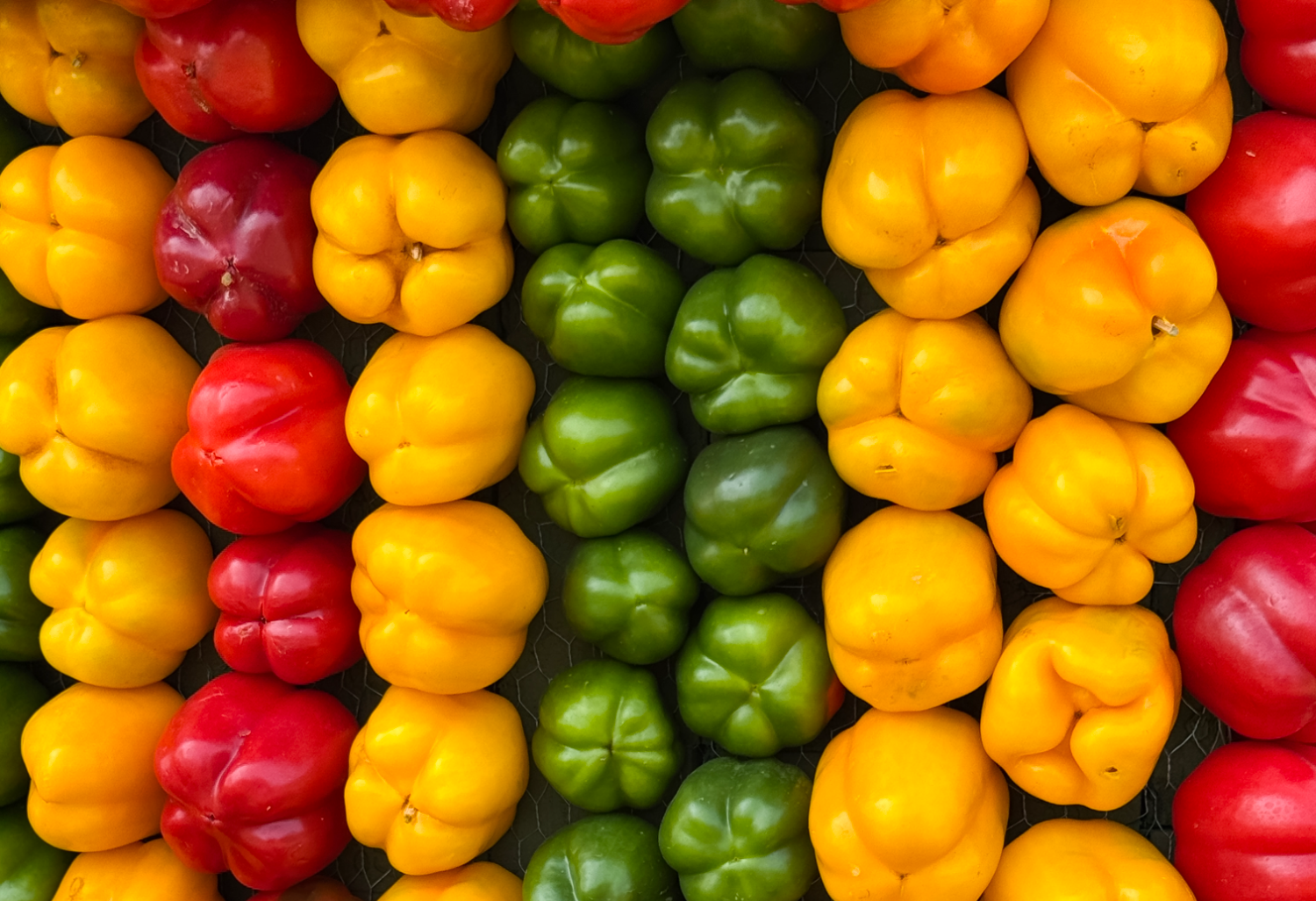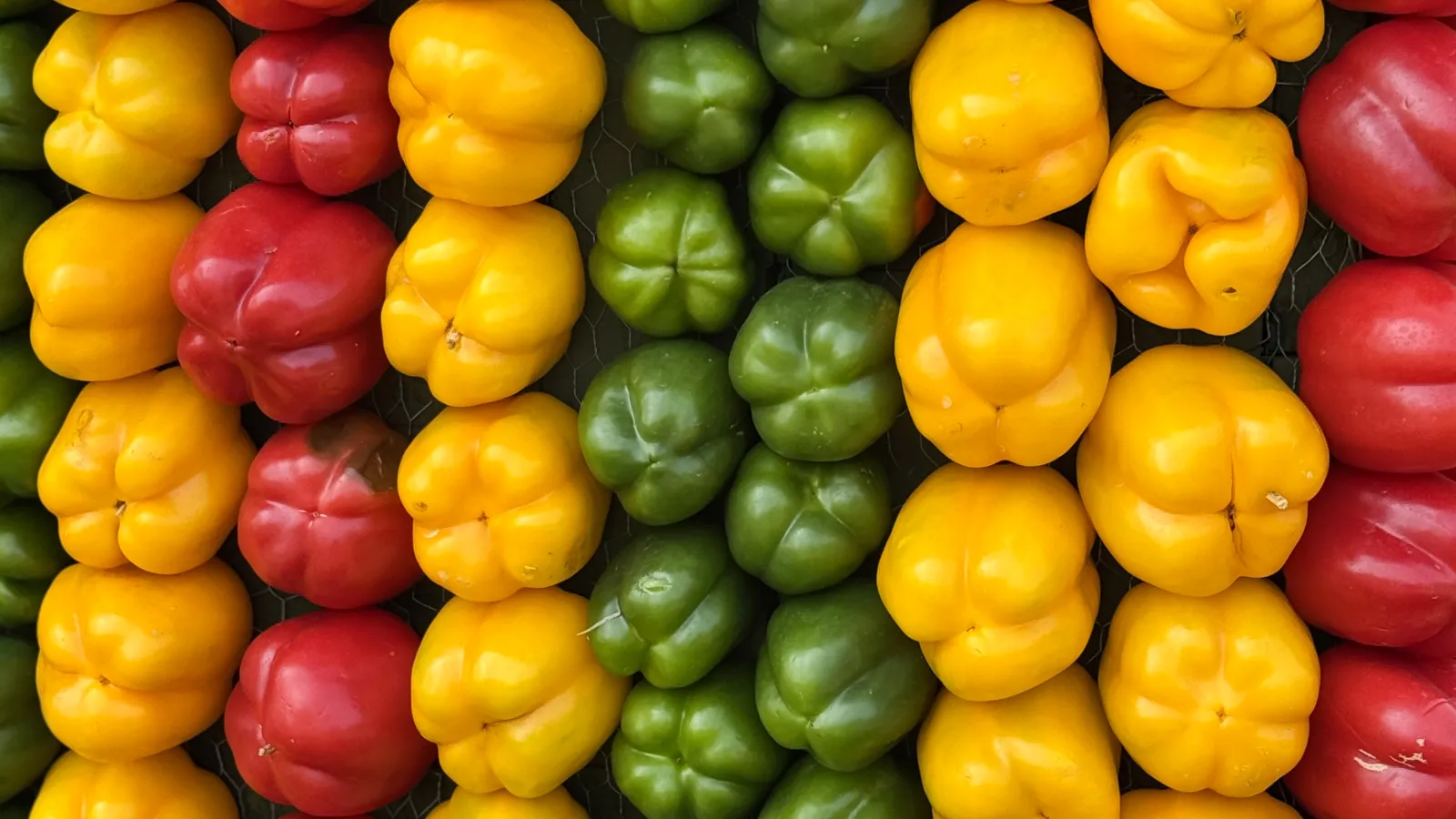
The report below gives a good overview of the Summer 2025 M&A activity in the Food and Beverage Industry Sector. The global food and beverages market is undergoing significant transformation, growing from $7 trillion in 2024 to $7.4 trillion in 2025 at a CAGR of 6.3%. The market is primarily driven by strong economic growth in emerging markets, rising disposable incomes, greater internet penetration, and rapid urbanization. The market is forecasted to reach $9.4 trillion by 2029, fueled by increasing smartphone usage, digital payment infrastructure, expanding demand for functional foods, and rising consumer awareness levels across all segments. Some of the key trends include the growing demand for subscription-based products, online grocery shopping, technology-driven developments, and growth in partnerships and collaborations. Artificial intelligence (AI) is rapidly transforming the food and beverage industry landscape. The AI in food and beverages market is projected to rise to $13.4 billion in 2025 at a growth rate of 38.3%. AI and technology integration are streamlining food sorting, quality control, safety compliance, and consumer interaction through personalized recommendations and chatbots. Predictive analysis by AI is used for reducing turnaround time and operational costs, which are essential in optimizing supply chains and production processes. The US market reflects the global trends but faces unique challenges in 2025 due to new tariff structures. The imposition of universal 10% tariffs on all imports with higher rates led to a substantial rise in input costs for core commodities, packaging materials, and specialty ingredients. Approximately 17% of the US food supply is imported, making the sector sensitive to these market fluctuations. Consequently, U.S. companies are reevaluating their supply chains and considering domestic sourcing. Going forward, the global and U.S. food and beverage industry is poised for continued expansion with increasing digital transformation, AI-driven innovation, and evolving consumer preferences.
Posted by Terry Fick.

